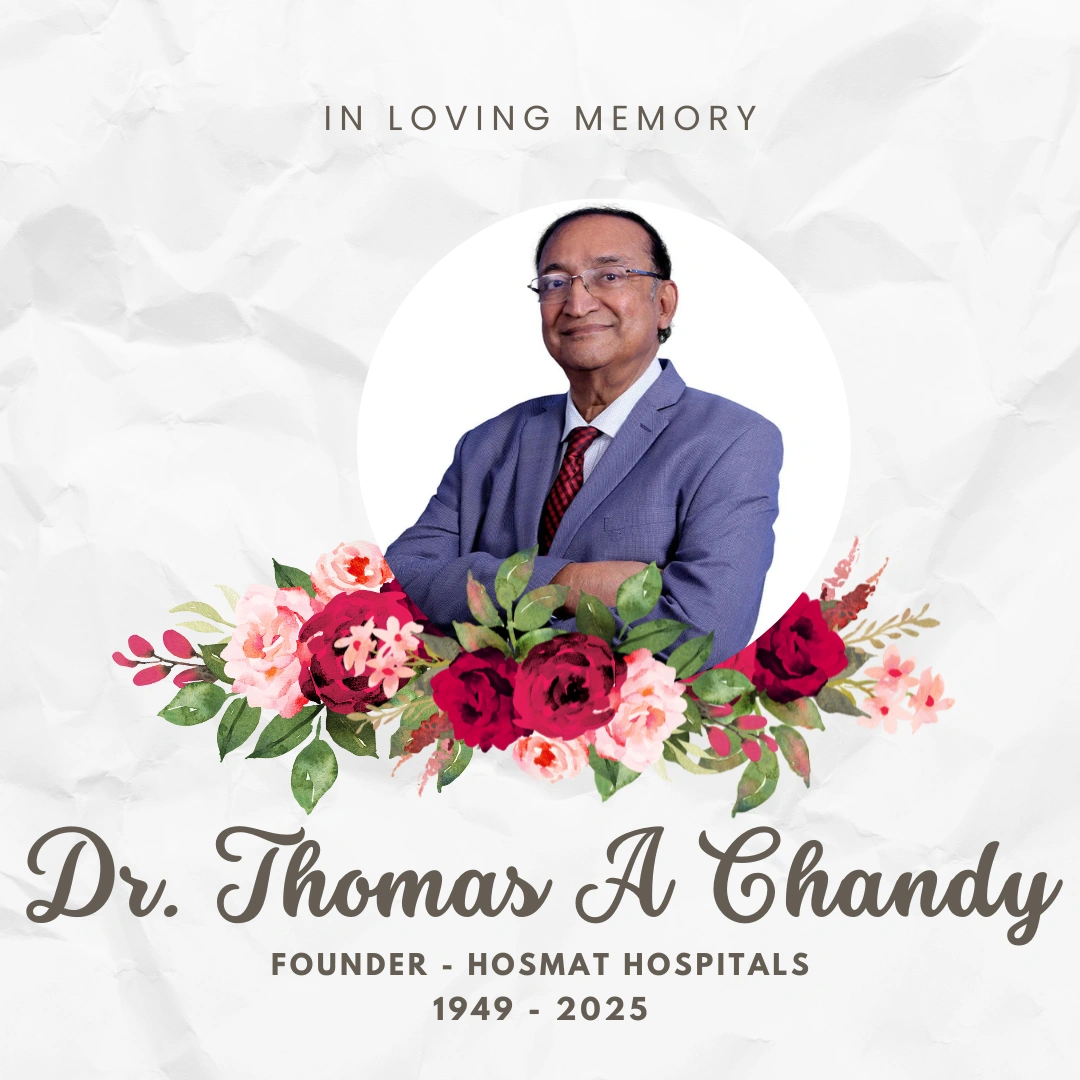- 080-25593796, +91 9108450310
- info@hosmathospitals.com
- 45, Magrath Rd, Ashok Nagar, Bengaluru, Karnataka 560025
HOSMAT Spine Centre a unit of HOSMAT Super Specialty Hospital – has completed a decade in patient care. We have recently expanded with the addition of a new 90,000 square feet spinal centre. We have ICU OF 22 BEDS, two dedicated Spinal Operation Theatres, Brain Lab Computer Navigation System, ZEISS NC4 Microscope & State of the Art Physiotherapy centre. HOSMAT Spine Centre is the first comprehensive and specialized spine centre in India having Neurosurgeons and Orthopedic specialists at the same centre. This helps to effectively treat patients for the following problems:
With all these supportive systems the department of spinal surgery is well poised to offer high quality spinal care with excellent support from comprehensive Physiotherapy and Occupational therapy departments. A holistic approach to the patients concerns and disabilities are well assured. All members of the department are committed to deliver the best possible care to each & every patient who seeks treatment at HISP.
The spinal cord runs from the base of the brain down the middle of the back and ends just above the waist. It is made up of nerve cells and long nerve fibers that relay all information between brain and rest of the body. Thirty-three ring-shaped bones called vertebrae form the spinal column (spine)and protect the spinal cord. If these bones are broken or damaged spinal cord is injured & result in varying degree of paralysis. But broken vertebrae does not necessarily mean spinal cord injury. If such a patient is shifted properly without exaggerating bone injury the spinal cord is protected & hence lifelong paralysis is avoided for which patient will be grateful to you forever.
(WHEN INSULATING PAD OR SPINE BOARD IS AVAILABLE)
Appoint a leader: The most experienced person on the scene is the leader, who issues all commands. Warning–Atleast four rescuers are needed, at least three of whom must be strong adults.
One of India’s largest and best-equipped hospitals for Orthopedics and sub-specialities, Accident-Trauma, Neuro & spine, Plastic & reconstructive surgery. The Hospital has a specialised Joint Replacement and Spine centre.

45, Magrath Rd, Ashok Nagar, Bengaluru, Karnataka 560025
No 1, Hennur Cross, HBR Layout 4th Block, Kalyan Nagar, Bengaluru, Karnataka 560043
Phone: 080-45332400
18, Bellary Rd, Sadashiva Nagar, Armane Nagar, Bengaluru, Karnataka 560080
Phone: 080 – 69575555 +91 8147400755
© 2024 Hosmat Hospital. All Rights Reserved

